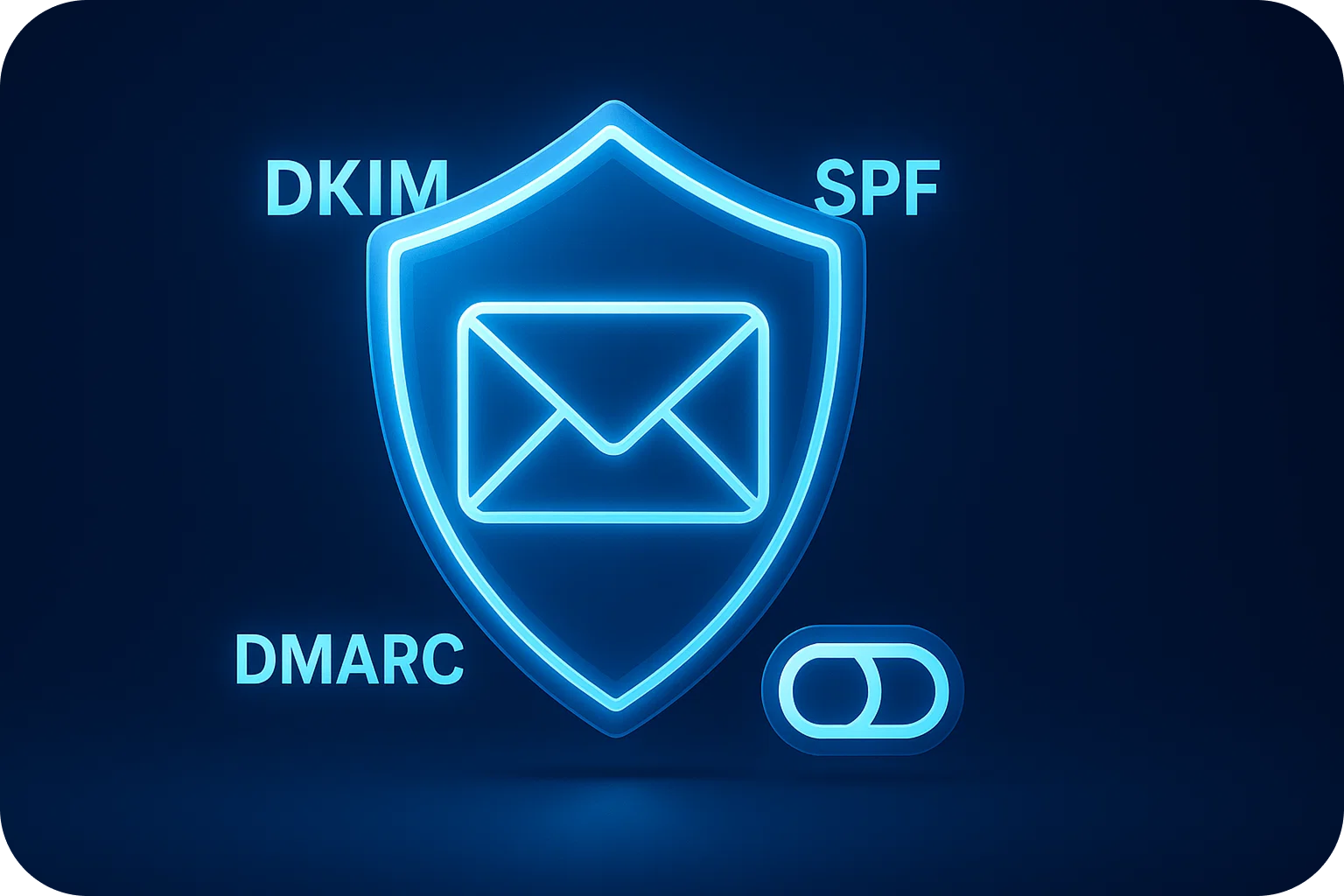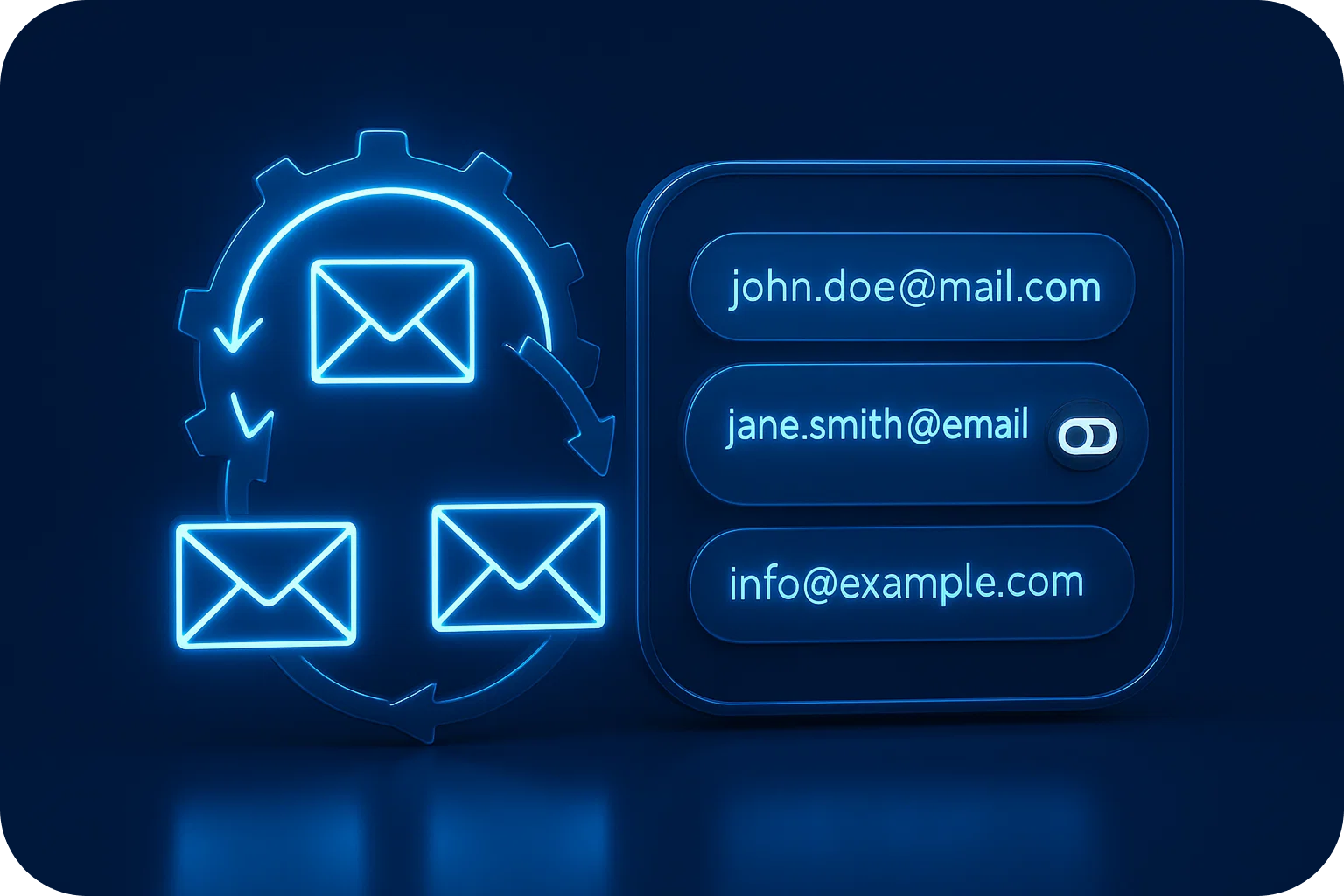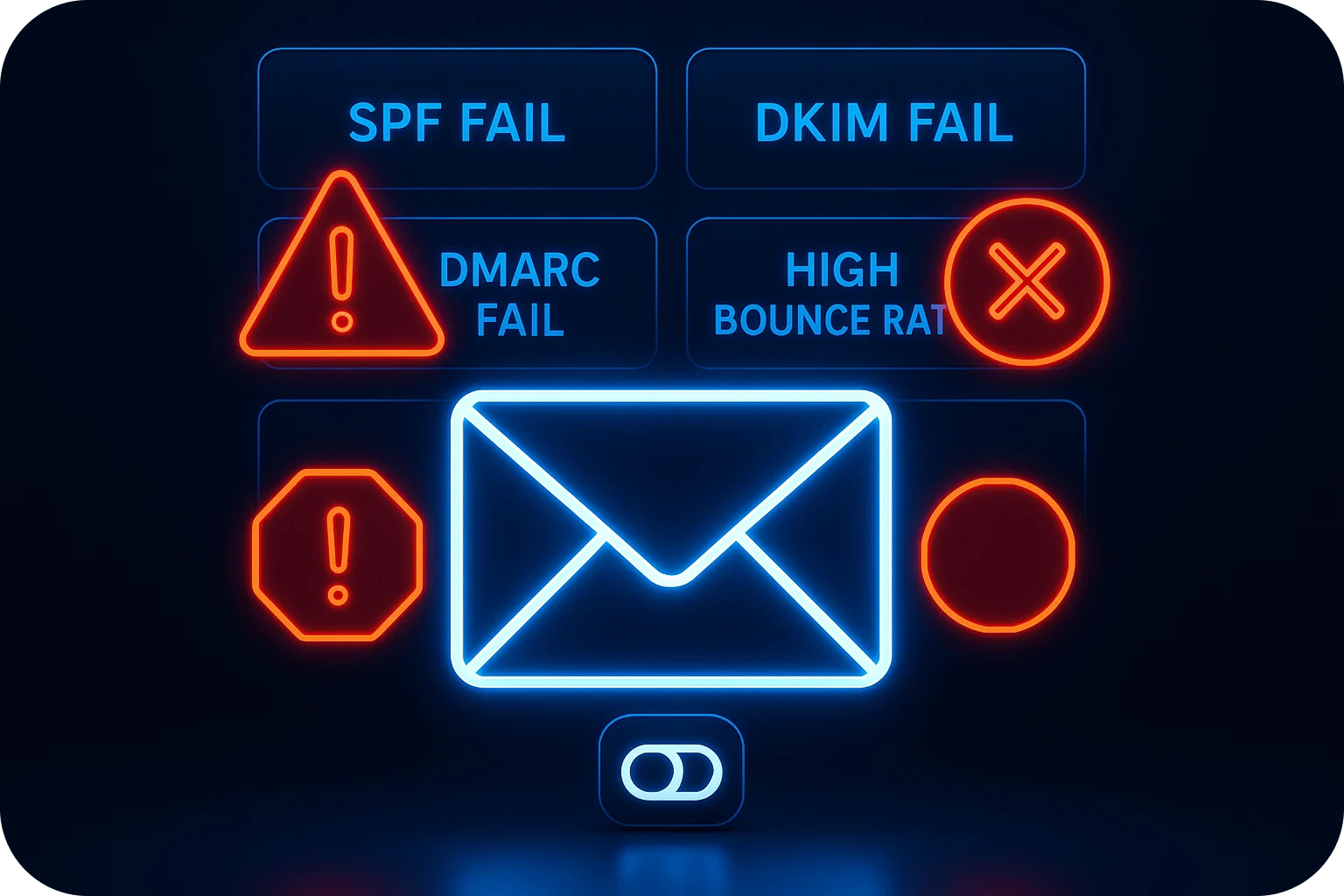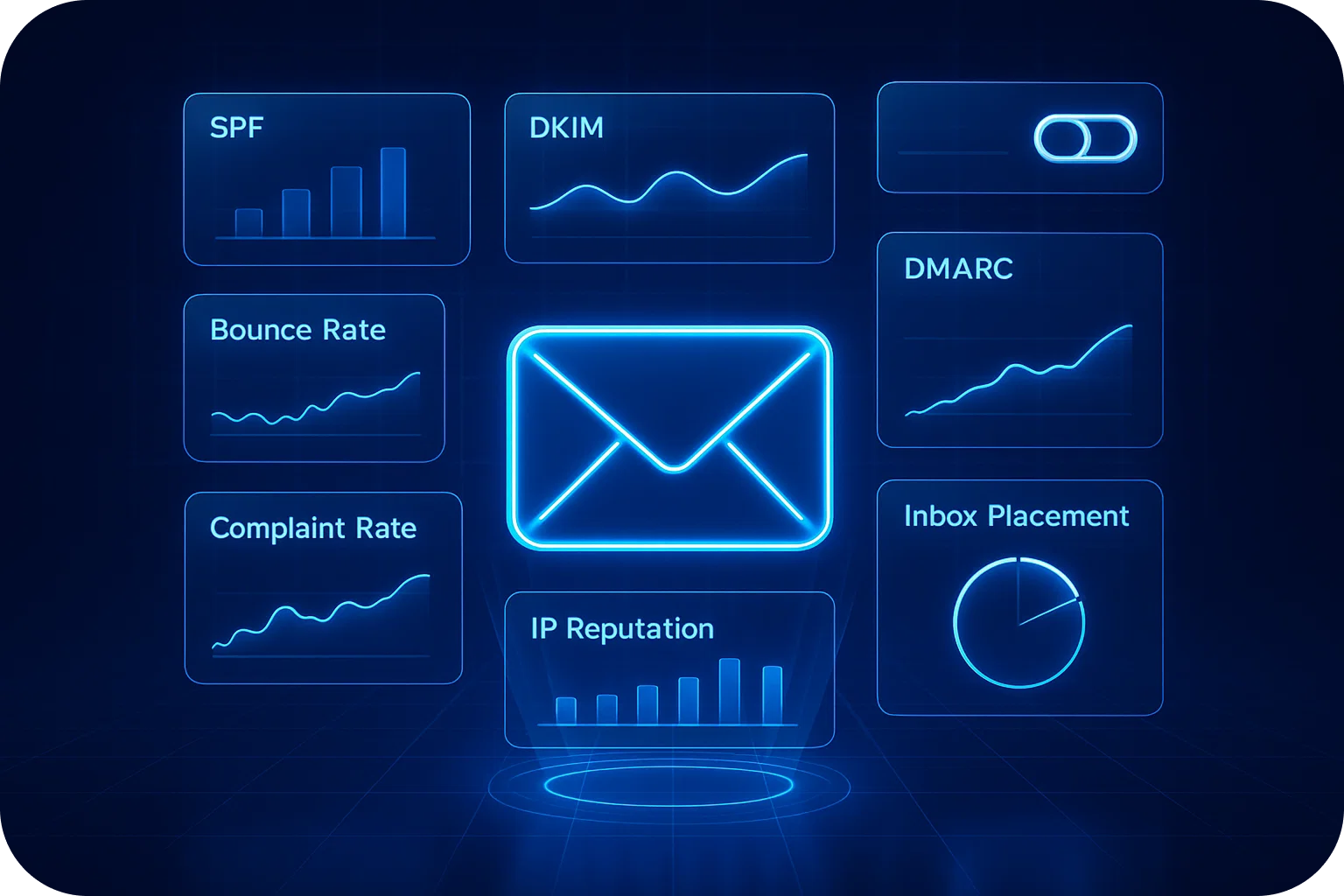The Email Sender Score Explained: What It Is and How to Improve Yours
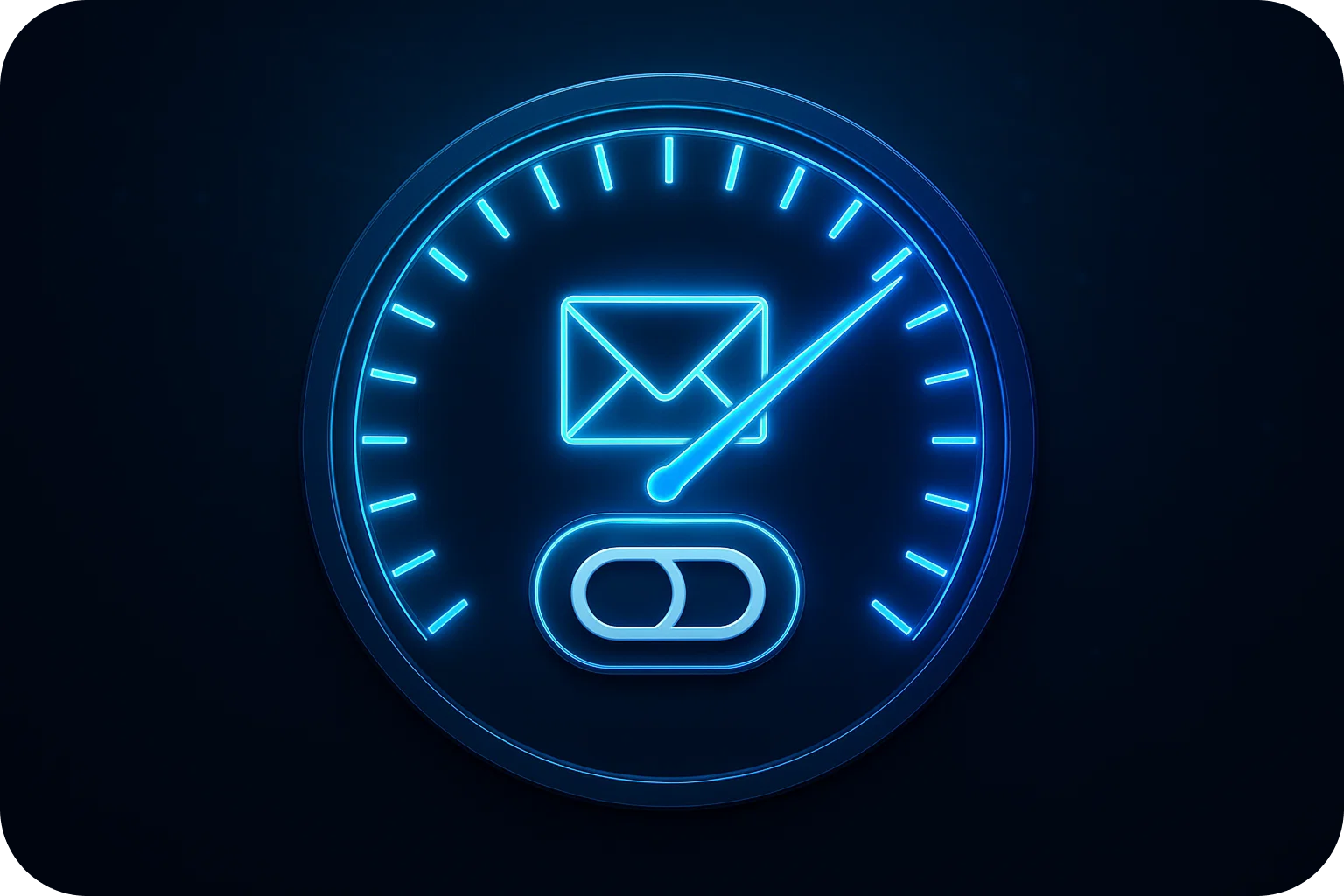
Your cold email campaign is perfectly crafted. Your targeting is spot-on. Your value proposition is compelling. But if your emails aren't reaching the inbox, none of it matters.
Enter the email sender score, the invisible gatekeeper that determines whether your carefully crafted messages land in the inbox or disappear into the spam folder. Understanding and optimizing your sender reputation isn't just a technical nicety; it's the foundation of successful cold email outreach.
What Is an Email Sender Score?
An email sender score, also known as sender reputation, is a numerical rating that Internet Service Providers (ISPs) and email providers assign to your sending domain and IP address. Think of it as a credit score for your email infrastructure; it tells inbox providers whether you're a trustworthy sender or a potential spammer.
This score typically ranges from 0 to 100, with higher scores indicating a better reputation. Major email providers like Gmail and Outlook use these scores alongside other signals to decide where your emails should go: the inbox, the spam folder, or blocked entirely.
Why Your Sender Score Matters for Cold Email
For startups and sales teams running cold outreach campaigns, sender reputation directly impacts your bottom line. A poor sender score means:
- Lower inbox placement rates: Your emails never reach your prospects
- Wasted outreach budget: You're paying for emails that no one sees
- Damaged domain reputation: Recovery can take weeks or months
- Reduced campaign ROI: Fewer responses, fewer meetings, fewer deals
Conversely, maintaining a strong sender score of 90+ typically results in inbox placement rates above 95%, ensuring your outreach efforts actually reach their intended audience.
What Factors Affect Your Email Sender Score?
Email providers evaluate dozens of signals when calculating your sender reputation. Understanding these factors helps you proactively maintain a healthy score.
1. Bounce Rates
Hard bounces, emails sent to invalid or non-existent addresses, are one of the fastest ways to damage your sender score. ISPs interpret high bounce rates as a sign of poor list hygiene or purchased contact lists, both red flags for spam.
Target benchmark: Keep bounce rates below 2% for optimal reputation.
2. Spam Complaints
When recipients mark your emails as spam, it sends a direct negative signal to inbox providers. Even a small percentage of spam complaints can significantly impact your deliverability.
Target benchmark: Maintain spam complaint rates below 0.1% (one complaint per 1,000 emails).
3. Engagement Metrics
Modern email providers use engagement signals opens, clicks, replies, and time spent reading, to assess whether recipients find your emails valuable. Low engagement suggests your content isn't resonating, which can hurt your sender reputation over time.
4. Sending Volume and Consistency
Sudden spikes in sending volume raise red flags. If you typically send 100 emails per day and suddenly send 5,000, ISPs may flag this as suspicious behavior. Consistent, gradual volume increases signal legitimate growth.
5. Technical Authentication
Proper email authentication protocols prove you're authorized to send from your domain. The three critical protocols are:
- SPF (Sender Policy Framework): Specifies which servers can send email from your domain
- DKIM (DomainKeys Identified Mail): Adds a digital signature to verify email authenticity
- DMARC (Domain-based Message Authentication): Tells receiving servers how to handle emails that fail authentication
Missing or misconfigured authentication is a major sender score liability.
6. Domain and IP Reputation History
Both your sending domain and IP address carry reputation history. New domains and IPs start with neutral reputations and must be "warmed up" gradually. Previously penalized domains or IPs may carry a negative history that's difficult to overcome.
7. Blacklist Status
If your domain or IP appears on public email blacklists (like Spamhaus or Barracuda), your deliverability will suffer dramatically. Regular blacklist monitoring is essential for maintaining sender reputation.
How to Check Your Email Sender Score
Several free and paid tools allow you to monitor your sender reputation:
- Google Postmaster Tools: Provides domain reputation data specifically for Gmail delivery
- Microsoft SNDS: Offers reputation data for Outlook and Hotmail delivery
- Sender Score by Validity: Provides a 0-100 score based on your sending IP address
- MXToolbox: Checks blacklist status and DNS configuration
- GlockApps or Mail-Tester: Comprehensive deliverability testing tools
For cold email infrastructure, regular monitoring across these platforms helps you catch and address reputation issues before they impact your campaigns.
Proven Strategies to Improve Your Sender Score
Improving your sender reputation requires a combination of technical optimization and strategic sending practices. Here's how to build and maintain a strong sender score.
1. Implement Proper Email Authentication
Start with the technical foundation. Configure SPF, DKIM, and DMARC records correctly for all sending domains. This proves to inbox providers that you're a legitimate sender and protects your domain from spoofing.
Verify your authentication setup using tools like MXToolbox or DMARC Analyzer to ensure everything is configured correctly.
2. Warm Up New Domains and IP Addresses
Never launch a cold email campaign from a brand-new domain or IP address at full volume. Instead, implement a gradual warm-up schedule:
- Week 1: Send 20-50 emails per day
- Week 2: Increase to 100-150 emails per day
- Week 3: Increase to 200-300 emails per day
- Week 4+: Gradually scale to your target volume
This gradual approach allows ISPs to observe consistent positive sending behavior and build trust in your infrastructure.
3. Maintain Impeccable List Hygiene
Your contact list quality directly impacts your sender reputation. Implement these list hygiene practices:
- Verify email addresses before adding them to campaigns
- Remove hard bounces immediately
- Regularly clean inactive contacts who haven't engaged in 3-6 months
- Never purchase email lists; they're filled with invalid addresses and spam traps
- Use double opt-in for any subscription-based lists
4. Focus on Engagement Quality
High engagement signals to ISPs that recipients value your emails. Improve engagement by:
- Personalizing your outreach beyond just first names
- Targeting prospects who genuinely fit your ideal customer profile
- Writing compelling subject lines that encourage opens
- Providing clear value in every email
- Including clear calls-to-action that encourage replies
Remember: one highly engaged recipient is worth more than ten uninterested ones when it comes to sender reputation.
5. Monitor and Respond to Feedback Loops
Major ISPs offer feedback loop programs that notify you when recipients mark your emails as spam. Register for these programs and immediately remove complainers from your lists. This demonstrates to ISPs that you respect recipient preferences.
6. Segment Your Sending Infrastructure
Don't put all your eggs in one basket. Use multiple domains and IP addresses to segment different types of email traffic:
- Transactional emails (receipts, password resets) on dedicated infrastructure
- Marketing and cold outreach on separate domains
- Different campaigns on different subdomains
This isolation prevents issues with one campaign from damaging your entire email ecosystem.
7. Respect Sending Limits and Best Practices
For cold email specifically, follow these volume guidelines:
- Maximum 100 emails per inbox per day (recommended: 20-50)
- Maximum 3-5 inboxes per domain
- Spread sending throughout business hours rather than bulk sending
- Include proper unsubscribe mechanisms in every email
These conservative limits help maintain strong deliverability while scaling your outreach.
8. Monitor Your Reputation Continuously
Sender reputation isn't set-it-and-forget-it. Implement ongoing monitoring:
- Check Google Postmaster Tools weekly
- Monitor blacklist status regularly
- Track bounce rates, spam complaints, and engagement metrics
- Set up alerts for sudden deliverability drops
- Conduct regular inbox placement tests
Early detection of reputation issues allows you to address problems before they become serious.
Recovery: What to Do If Your Sender Score Drops
If you notice your sender reputation declining, take immediate action:
- Pause campaigns: Stop sending from affected domains/IPs immediately
- Identify the cause: Review recent campaigns for high bounces, spam complaints, or engagement drops
- Clean your list: Remove invalid addresses and unengaged contacts
- Check blacklists: Request removal if you've been listed
- Re-warm gradually: Resume sending at very low volumes and rebuild reputation slowly
- Consider fresh infrastructure: In severe cases, starting with new domains and IPs may be faster than recovery
Reputation recovery typically takes 2-4 weeks of consistent positive sending behavior.
Sender Score Is Your Deliverability Foundation
Your email sender score isn't just a technical metric; it's the difference between a successful cold outreach program and wasted effort. For startups and sales teams competing for attention in crowded inboxes, maintaining a strong sender reputation is non-negotiable.
By implementing proper authentication, warming up infrastructure correctly, maintaining list hygiene, and focusing on engagement quality, you can build and maintain the sender score needed for consistent inbox placement. The investment in reputation management pays dividends in every campaign you run.
Remember: building a strong sender reputation takes time, but destroying it can happen overnight. Treat your sender score as the valuable asset it is, and your cold email campaigns will consistently reach the prospects who matter most to your business.
More articles
Get started now




%201.png)
